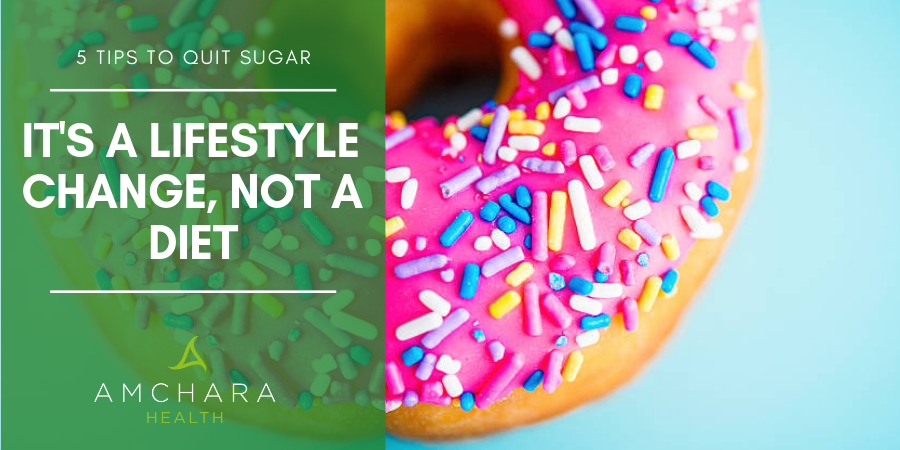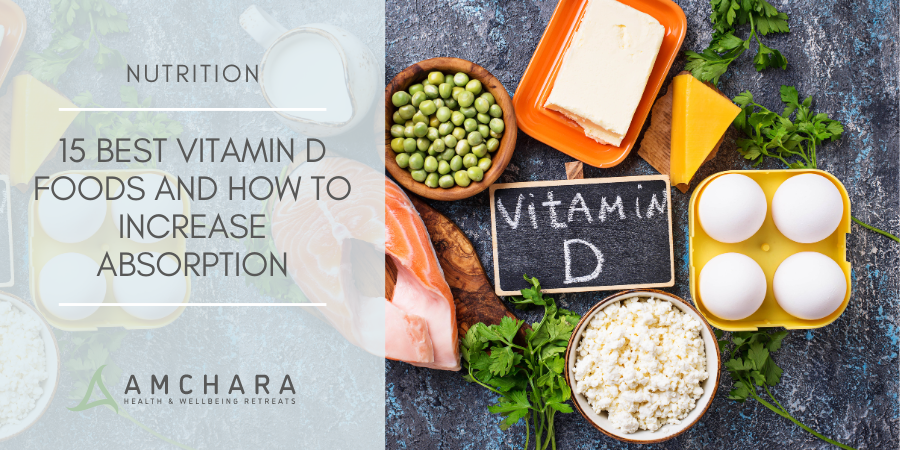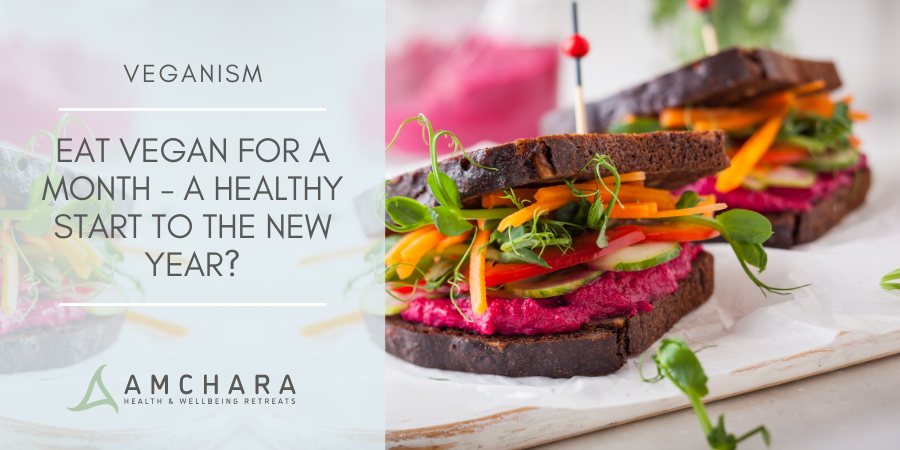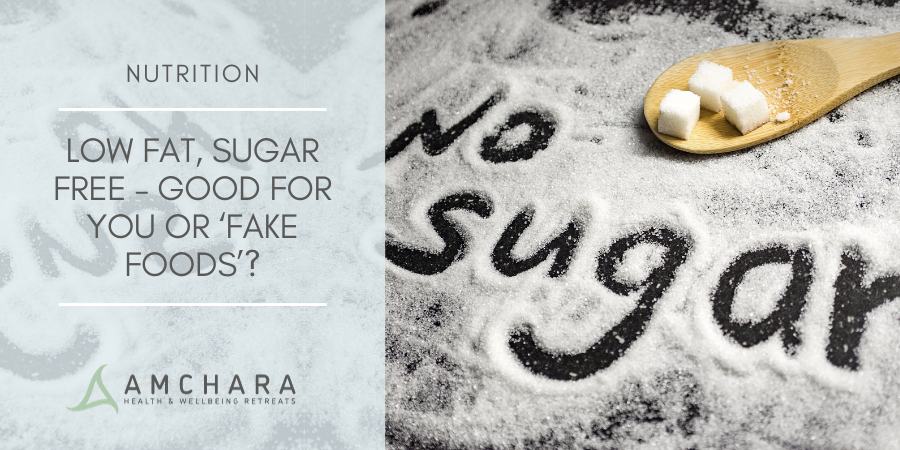Sugar intakes have drastically increased over the past decade and obesity is soaring.
Not only this, lifestyle diseases associated with obesity, such as Type 2 Diabetes, heart disease and stroke are also increasingly common.
Sugar, either added to foods or drinks, or provided from simple carbohydrates found in white, refined or processed foods has many effects on the body and not only contributes to blood sugar highs and lows and therefore increased insulin production, but an increased intake is also linked to:
- An increase in damaging molecules in the body leading to oxidative stress (1)
- An increase in the storage of fat and weight gain
- Changes in hormonal control of appetite management (2)
- Increases insulin resistance (3)
- A reduction in immune function (4)
There is no doubt about it sugar is addictive. The more you have, the more you want. So, what is the best way to cut sugar intake or quit sugar entirely?
Here are a few of our top tips:
1. Go cold turkey
Opinions vary on this one but why wait? Taking sugar out your diet will be difficult, particularly in the first 3-4 days. Once you have overcome the initial hurdle and have got into the swing of things it will become easier.
2. Manage cravings
This is key to success. If you aim to keep your blood sugar nice and even throughout the day you will find that sugar cravings will reduce or even disappear.
The best way to keep your blood sugar under control is to eat meals that include good protein. Good proteins include lean poultry, oily fish, white fish, eggs, quinoa, lentils, beans, chickpeas, tofu, tempeh and nuts. Ground almonds or protein powders can be added to breakfast or used to make a protein-rich smoothie. A hardboiled egg, hummus or nut butter can be incorporated into snacks if they are required.
The mineral chromium plays an important role in blood sugar (5) and can assist in the first stages of sugar elimination. Cinnamon has also shown benefit in regulating blood sugar (6) and cravings.
3. Be aware of hidden sugars
Processed and packaged foods are laden with hidden sugars. These can be in surprising places like baked beans, ketchup, cooking sauces, salad dressings, soups and yoghurts. Reading labels is a must, in an ideal world cook everything from scratch (if time allows!)
Alcohol is a simple sugar that has no nutritional value and not only drains the body of certain nutrients but causes havoc on blood sugar and is highly calorific. Minimise your alcohol intake.
4. Don’t be tempted to reach for natural alternatives
Sugar comes in many forms and when talking about eliminating sugar you may think we are only talking about table sugar.
The increase in natural alternatives to table sugar has made it easy to replace table sugar with seemingly healthy alternatives including brown rice syrup, maple syrup, honey, agave syrup, coconut blossom nectar (coconut palm sugar), molasses and barley malt. Although these may bring a small amount of extra nutrients they still impact blood sugar.
Fructose is a type of simple sugar that is found within fruits and can be high in some natural sugar replacements. As an example, honey is around 50% fructose, coconut palm sugar has around 38-45% fructose and agave nectar contain a staggering 85% fructose.
So why is fructose so bad? Rather than being used by cells for energy, fructose is processed by the liver which can lead to an increase in triglyceride production. A diet high in fructose has been linked to an increased risk of diabetes, heart disease and obesity (7).
Fruit contains fructose, but at lower levels than found in some of the natural sugar alternatives.
Fruit should make up part of a healthy diet and the berries, dark fruits, kiwi and citrus fruits tend to have lower fructose and more beneficial nutrients.
Eating more vegetables than fruit will also keep fructose lower.
Xylitol, erythritol and stevia are all alternatives that have very little or no effect on blood sugar and are fructose free.
Although these seem like suitable replacements for sugar they will still feed sweet cravings and are best kept to a minimum.
5. Be prepared
Skipping meals or snacks or not having a good protein intake throughout the day can create the need for food immediately and lead to choosing unhealthy, ‘quick’ options.
Be prepared and plan ahead. Have a meal plan for the week and prepare lunches and snacks the night before. Always keep some nuts handy to snack on if you feel hungry and never go shopping on an empty stomach – this is when your resolve may be low and you may be tempted to “treat” yourself.
Once you get used to planning ahead and choosing the right foods it will become second nature. All your planning and hard work will pay off in the end. Plus, having some good recipes also helps.
Did you find this article useful?
We are dedicated to providing insightful information on key aspects of health – all orientated towards the Personalised Health approach.
READ THIS NEXT:




